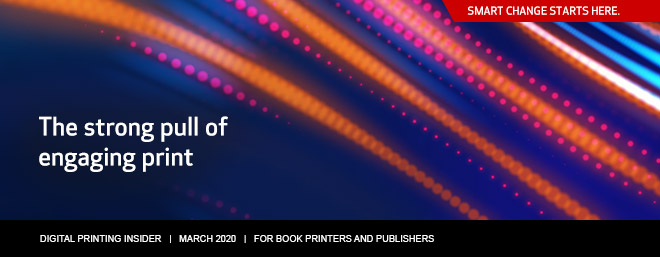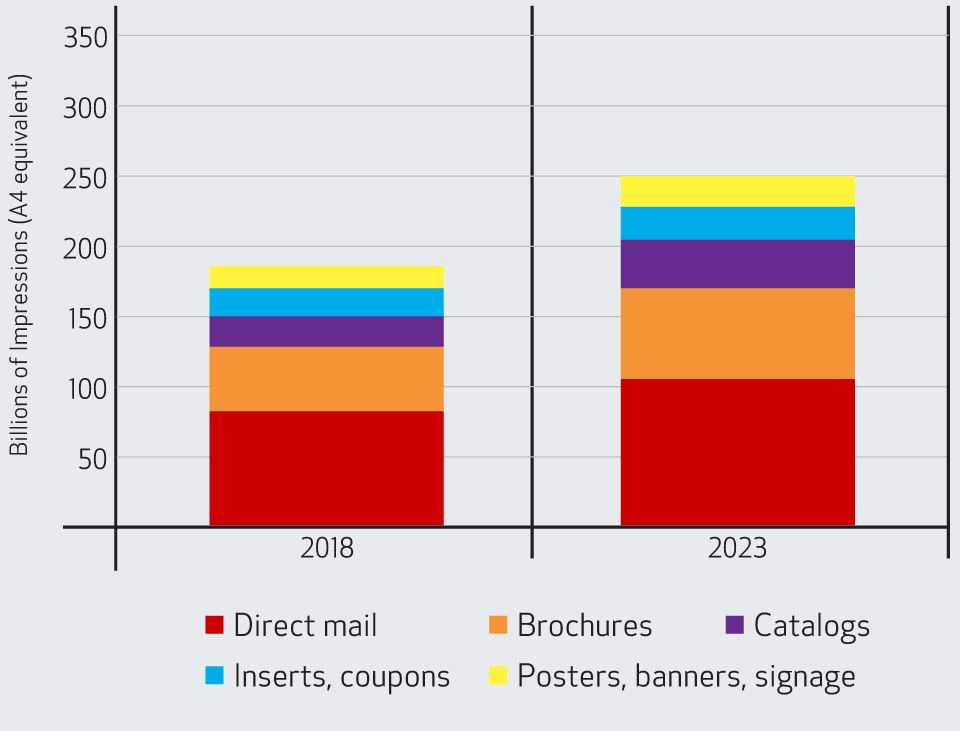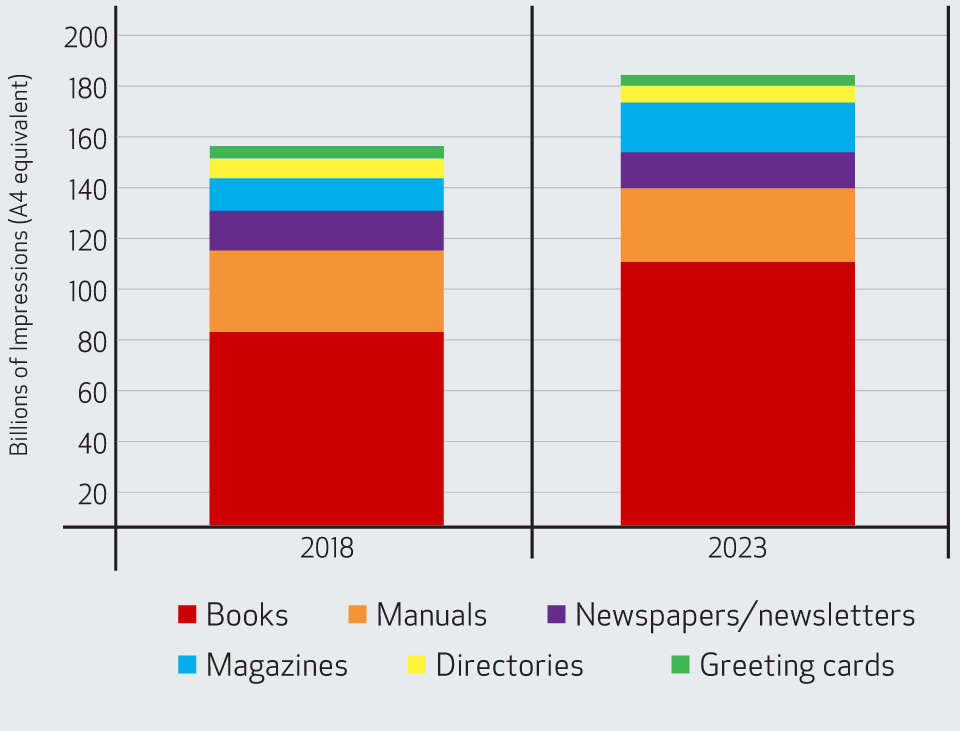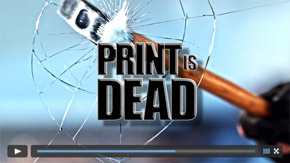The Growth and Importance of Magazines and Catalogs in the Digital Age
Have you thumbed through a catalog recently? Browsing through catalogs is still a strong pull for many people, and while there was a period when physical catalog production seemed on the verge of extinction due to the rise of mobile apps and web-based e-commerce sites, catalogs are back! The same can be said for magazines.
In the waning days of the previous decade, brands of all types began to return to printed catalogs. Publishers of all sizes started printing titles that had gone entirely digital while also bringing new magazine titles to market. The printed experience—with all of its texture, portability, and no electricity required to enjoy the content—has seen a bit of a renaissance. According to research conducted by Keypoint Intelligence?–InfoTrends’ Customer Communication Consulting Service, there are avid users of printed and digital communications in all age groups. The data also tells us that today’s consumers want the freedom to move between platforms seamlessly, selecting the desired platform for engaging with the content on their terms.
As more people are engaging with computer screens of all sizes in their schools and workplaces, the comfort of viewing a printed page for relaxation is not surprising. Of course, the catalogs printed today may be quite different from the heavyweight tomes of the past. Except for industrial and business-to-business catalogs (e.g., Uline) many businesses regularly receive, most of today’s catalogs opt for fewer pages and easy links to e-commerce to fulfill purchases. Although many are still printed in static form using analog devices, it is now just as likely for a catalog to be printed on a digital device with the added benefit of being able to incorporate variable data. Some of these catalogs will even include order forms that already contain personal account information, meaning they can link directly to an e-commerce page ready to execute the order. Advanced features like this are only made possible through digital print production platforms and the associated workflow component.
Promotional Application Overview
Source: U.S. Digital Production Printing Application Forecast, Keypoint Intelligence –InfoTrends 2019.
Still other catalog publishers have implemented engaging technologies such as augmented or virtual reality to create amazing new customer experiences. For example, IKEA’s augmented reality app enables users to virtually place furniture so they can see how it would look in their home. Macy’s, Bob’s Discount Furniture, American Furniture Warehouse, and Pottery Barn offer similar experiences. By linking a physical, portable catalog to a rich digital experience, retailers are enabling a deeper level of engagement than what was possible with mobile apps or online stores alone.
InfoTrends’ research suggests catalog pages might grow by more than 15 billion pages between 2018 and 2023. Furthermore, this page growth might be even higher as other market players see the success their competitors are having with catalogs. Another remarkable trend is the adoption of mailing physical catalogs by companies that began as websites with no physical presence. There are dozens of resources on the internet to help aspiring catalog publishers build content from their e-commerce sites and get it into mailboxes.
Even as catalogs are flourishing, magazines are also seeing a new lease on life. In addition to InfoTrends’ research showing growth in printed pages, there is also evidence in national media stories. Magazines such as Spin and Paste have returned to printed form, and we’ve also seen the appearance of some new printed titles. To be fair, most of the titles coming back to print could be considered niche publications serving dedicated, passionate readers. Some organizations that eliminated their printed communications in the past find that previous members are rediscovering them when they return to print. On the other hand, the new titles coming to print are often designed to fill a desire that is not met by online offerings—regional hobbyist magazines, local magazines, and national niche magazines are all finding audiences.
Publishing Application Overview
Source: U.S. Digital Production Printing Application Forecast, Keypoint Intelligence–InfoTrends 2019.
We’ve even seen evidence of this in the print industry with the emergence of WhatTheyThink’s printed edition. WhatTheyThink is using a technique that has been successful in the past: creating several editions with different covers but with some common content. This can be an excellent way for a media outlet like WhatTheyThink or an organization with regional constituencies to communicate the big messages as well as the local/segmented content readers demand.
For 2020 and beyond, there is no doubt printed catalogs and magazines will continue to play a major role in the overall communication mix. Retailers of all types are already reaping the rewards of building compelling catalogs linked to their digital platforms. The tools exist for retailers of every size to take advantage of the print channel and further grow their businesses. Magazine publishers are well past the tipping point in the resurgence of print. We probably won’t see the return of LIFE magazine, National Lampoon, or Men’s Vogue, but publishers of shorter run, targeted titles serving alumni groups, hobbyists, and other organizations continue to grow.
READ THE WHITE PAPER



